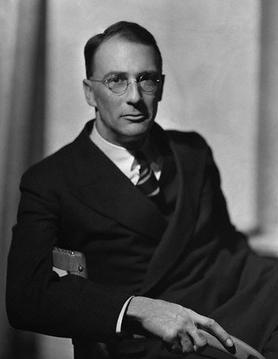
Cecil Louis Troughton Smith, known by his pen name Cecil Scott "C. S." Forester, was an English novelist known for writing tales of naval warfare, such as the 12-book Horatio Hornblower series depicting a Royal Navy officer during the Napoleonic Wars.

Master and Commander is a nautical historical novel by the English author Patrick O'Brian, first published in 1969 in the US and 1970 in the UK. The book proved to be the start of the 20-novel Aubrey–Maturin series, set largely in the era of the Napoleonic Wars, on which O'Brian continued working until his death in 2000.
Horatio Hornblower is a fictional officer in the British Royal Navy during the Napoleonic Wars, the protagonist of a series of novels and stories by C. S. Forester. He later became the subject of films and radio and television programmes, and C. Northcote Parkinson elaborated a "biography" of him, The True Story of Horatio Hornblower.

Hornblower is a series of British historical fiction war television films based on three of C. S. Forester's ten novels about the fictional character Horatio Hornblower, a Royal Navy officer during the French Revolutionary and Napoleonic Wars.

Clarissa Oakes is the fifteenth historical novel in the Aubrey-Maturin series by British author Patrick O'Brian, first published in 1992. The story is set during the Napoleonic Wars and the War of 1812.

In the rating system of the Royal Navy used to categorise sailing warships, a sixth-rate was the designation for small warships mounting between 20 and 28 carriage-mounted guns on a single deck, sometimes with smaller guns on the upper works and sometimes without. It thus encompassed ships with up to 30 guns in all. In the first half of the 18th century the main battery guns were 6-pounders, but by mid-century these were supplanted by 9-pounders. 28-gun sixth rates were classed as frigates, those smaller as 'post ships', indicating that they were still commanded by a full ('post') captain, as opposed to sloops of 18 guns and less under commanders.

The Happy Return is the first of the Horatio Hornblower novels by C. S. Forester. It was published in 1937. The American title is derived from the expression "beat to quarters", which was the signal to prepare for combat. This book is sixth by internal chronology of the series. Hornblower's past history as described here does not entirely accord with his history as revealed in the stories written later, but Forester never revised the book.

Captain Horatio Hornblower is a 1951 British naval swashbuckling war film in Technicolor from Warner Bros., produced by Gerry Mitchell, directed by Raoul Walsh, that stars Gregory Peck, Virginia Mayo, Robert Beatty and Terence Morgan.

Mr. Midshipman Hornblower is a 1950 Horatio Hornblower novel written by C. S. Forester. Although it may be considered as the first episode in the Hornblower saga, it was written as a prequel; the first Hornblower novel, The Happy Return, was published in 1937.
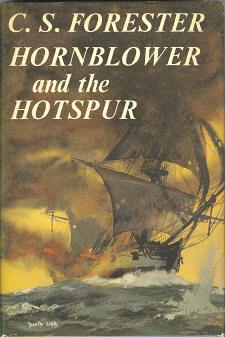
Hornblower and the Hotspur is a Horatio Hornblower novel written by C. S. Forester.
The Even Chance is the first of eight Hornblower television adaptations relating the exploits of Horatio Hornblower, the protagonist in a series of novels and short stories by C.S. Forester. The Even Chance is the name given to the film in the United Kingdom, while in the United States it is known by the alternative title The Duel.
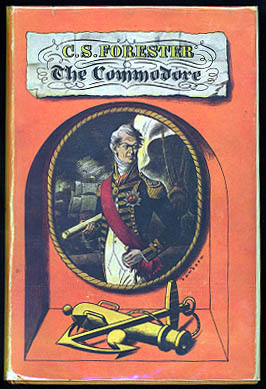
The Commodore is a Horatio Hornblower novel written by C. S. Forester. It was published in the United States under the title Commodore Hornblower.
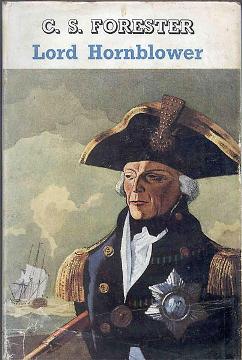
Lord Hornblower is a Horatio Hornblower novel written by C. S. Forester. Hornblower, a Knight of the Bath, is tasked with suppressing a mutiny on board a Royal Navy ship. He succeeds, and with reinforcements captures Le Havre. There follow several adventures and a disastrous affair in France, with Hornblower's eventual repatriation and reconciliation with his wife.

Hornblower in the West Indies, or alternately Admiral Hornblower in the West Indies, is one of the novels in the series that C. S. Forester wrote about fictional Royal Navy officer Horatio Hornblower.
The Examination for Lieutenant is an episode of the British television series Hornblower. It is loosely based on part of the 1950 novel Mr. Midshipman Hornblower by C. S. Forester. It was released on DVD in the United States under the title The Fire Ship.
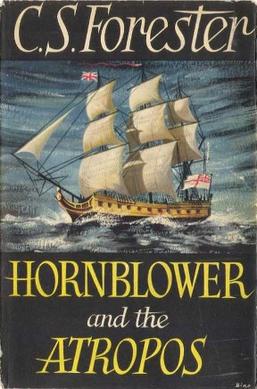
Hornblower and the Atropos is a 1953 historical novel by C.S. Forester.
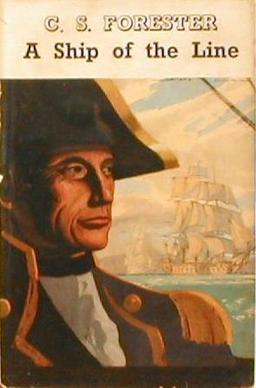
A Ship of the Line is an historical seafaring novel by C. S. Forester. It follows his fictional hero Horatio Hornblower during his tour as captain of a ship of the line. By internal chronology, A Ship of the Line, which follows The Happy Return, is the seventh book in the series. However, the book, published in 1938, was the second Hornblower novel completed by Forester. It is one of three Hornblower novels adapted into the 1951 British-American film Captain Horatio Hornblower R.N..

Flying Colours is a Horatio Hornblower novel by C. S. Forester, originally published 1938 as the third in the series, but now eighth by internal chronology. It describes the adventures of Hornblower and his companions escaping from imprisonment in Napoleonic France and returning to England. It is one of three Hornblower novels adapted into the 1951 British-American film Captain Horatio Hornblower R.N..
The Duchess and the Devil is the third episode of the British television series Hornblower. The episode first aired on 24 February 1999 on ITV. The television story is loosely based on the chapter "Hornblower, the Duchess, and the Devil" in C. S. Forester's 1950 novel Mr. Midshipman Hornblower.
Loyalty is the seventh film of the British TV film series Hornblower, based on the books by C. S. Forester, particularly Hornblower and the Hotspur. It was released on 5 January 2003, nearly four years after the first four films and nine months after the next two films.















